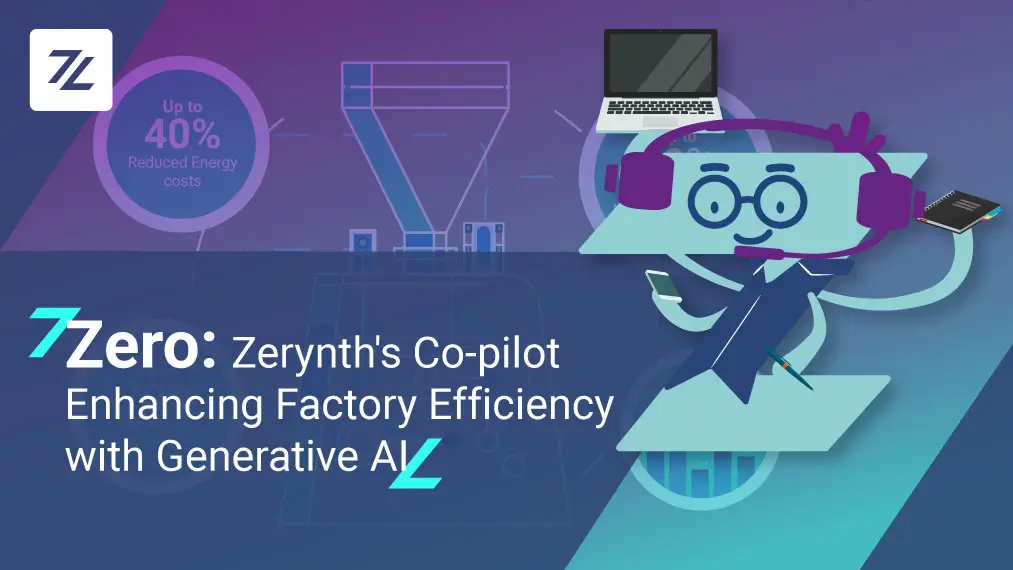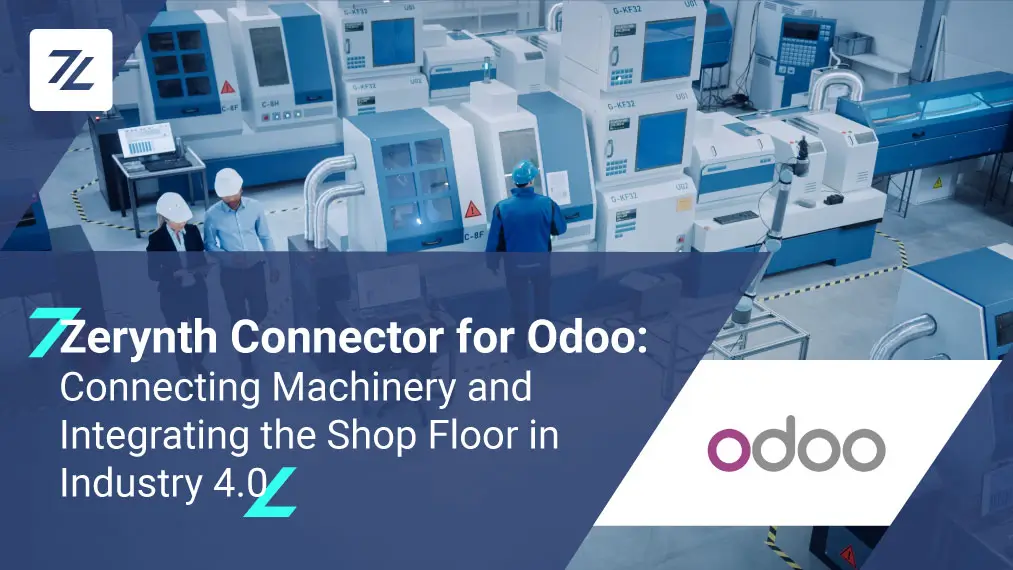Two weeks ago we had a chance to host David Hanson, the famous robotics expert, in our offices in Pisa. It was an opportunity to share new ideas, and talk about previous collaborations. After all, our team is not only proficient in Python, but in robotics as well.
David Hanson is a designer and researcher creates who human-looking robots, with realistic facial expressions. He is the CEO of Hanson Robotics, a company based in Hong Kong.
He is most famous for the Sophia robot he created. Sophia is modeled after Audrey Hepburn, can mimick 50 facial expressions and is the first robot to be granted citizenship.
The FACE robot – mimicking facial expressions
This is where Daniele Mazzei, our Chief Innovation Officer, comes in. Daniele coordinated a team, at the University of Pisa, who designed and created an “Emotional Human-Robot Interaction” using human-like robots.
This android robot is called FACE (Facial Automation for Conveying Emotions). It embodied emotional states, empathy, and non-verbal communication.
The team started with six basic facial expressions: anger, disgust, fear, happiness, sadness, and surprise. They then expanded these to more complex expressions.
If you want to learn more about the FACE robot, and the team who designed it, visit the official website.
Daniele has been working in biomedical engineering and robotics for over 15 years. He has a Ph.D. in bioengineering and biomedical engineering, has nine patents in this field, and he has been a vital part of numerous bioengineering projects over the years – FACE just being one example.
IoT and humanoid robots
IoT technology is not only influencing home automation these days, but it’s also pervading all the branches of industry and technology. Of course, robotics is one of the fields that has been most affected by IoT.
Moreover, the convergence between IoT and robotics has proven to be rather challenging. The first thing that comes to mind in the issue of programmability, and the communication between different components.
Both of these issues can be easily solved with Zerynth tools.
Python is not only the most popular programming language in the world, but it’s also one of the best languages for robotics. It’s also widely used in machine learning, so the Zerynth ecosystem of tools fits perfectly.
Secondly, connectivity is not an issue for us. After all, with our libraries and examples, you could connect a sensor to the Cloud in only 15 lines of code.
Thirdly, Zerynth supports not only Python but C/Python as well. This kind of “hybrid” programming is extremely useful in those scenarios where you need to write or you have already written performant low-level code for time-critical tasks, but you want to retain Python flexibility and readability for non-time critical sections.





